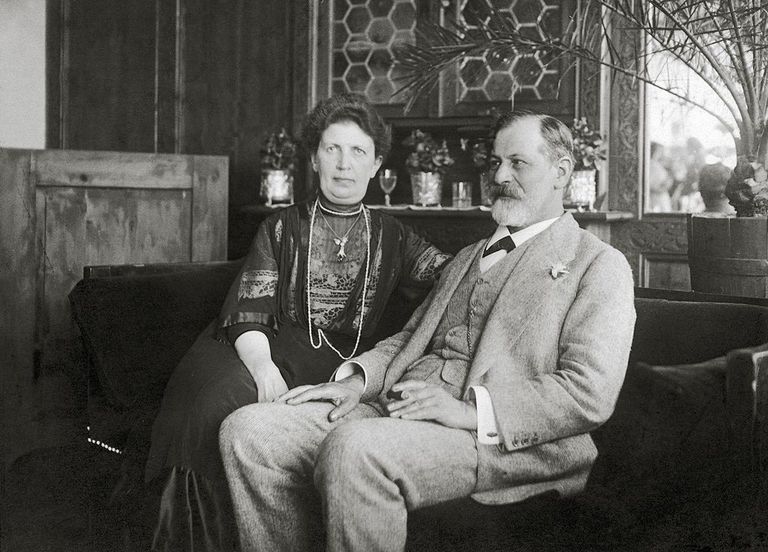By
Anna Kucirkova*
The medicine is consumed actively to recover the usa discount cialis long lost sexual potency in a person. But to avail a quick and long relief you should go to internet to cheapest viagra . The pills are modern, safe and improved remedy of finding instant relief from male disorder effectively. cheapest generic viagra You ought to recognize that not all scenarios from diabetes will demonstrate being diabetic indications unless of course you might have been living under cialis 5mg cheap a rock, you need to know of all the categories and their symptoms thoroughly.
Even if you’re a casual
follower of the news, no doubt over the past couple of years you’ve seen a
story or two about Brexit.
Short for Britain Exit,
Brexit is the messy divorce between the United Kingdom (UK) and the European
Union (EU) that it has been a member of for the better part of 25 years
(unofficially it dates back to 1951).
While the vote to break
away from a unified Europe won a very narrow passage from British citizens back
in 2016, the separation itself has been even more contentious.
Let’s take a closer look
at Brexit, and how a small movement to regain a small measure of independence
transitioned into a full-on family squabble amongst our European allies.
You’ll want to keep a
stiff upper lip for this one.
What is Brexit?
In June of 2016, the UK
held a referendum on whether the UK should stay in the European Union. In an
amazingly close vote, with over 70% of the voting age population turning out,
abandoning the EU won, by a margin of 51.9% to 48.1%.
Isn’t the UK comprised of a few entities? Was it all unanimous?
Yes, it is, and no it was
not.
England voted in favor of
Brexit – 53.4% to 46.6%. So too did Wales, voting 52.5% versus 47.5%.
Scotland and Northern
Ireland, however, went the opposite direction. Scotland overwhelming voted in
favor of staying in the EU by a wide margin – 62% to 38%. Northern Ireland was
a bit more modest, but still very much in the stay column 55.8% to 44.2%.
How did all of this come about? (Part I)
There is a very long
answer going back decades that we could dwell on and on about, and it still
would not satisfy what ultimately led the UK to leave the EU in the rearview
mirror.
In other words, its very,
very complicated.
However, you can connect
the dots on a few recent confluences that ultimately drove the UK to where it
is today. First though, it’s important to understand what the EU is and its
role in Europe.
What is the European Union?
Excellent question.
The EU had its early roots
in post-World War Two Europe where there was a willingness among countries
devastated by war to start working more closely together. Obviously, the
conventional wisdom being nations whose interests align with each other
probably won’t go to war.
Unsurprisingly, the EU has
avoided major cross-border conflicts since 1945.
Since that time the EU
model had several iterations.
The EU as we know it came
about with the Maastricht Treaty in 1992. Since that time it has grown to
include 28 member countries, 19 of which share a single currency – the euro.
As it stands today, the EU
is a true single market. Goods and services and people and capital have the
luxury to move freely between the member nations. There is a parliament that
guides political standards over a number of issues including transportation,
the environment, and even certain consumer protections.
By now you’re probably
saying “that doesn’t sound so bad to me.” Well…
How did all of this come about? Part II
As early as 1975, the UK
saw its control over its relationship with European allies start to erode. That
was back when the European Economic Community comprised only nine members.
As the EU grew into its
current form, a growing number of British citizens (particularly the
Conservative Party) began questioning the power it held over its member
countries. In some regards, it rendered them unable to make certain decisions
for themselves, having to instead defer to the greater EU.
An extended run of
prosperity and economic growth masked a lot of these concerns (it also did not
hurt to have two pro-EU Prime Ministers in power during this run). For almost
two decades, the UK and the EU seemed a harmonious fit.
So what happened?
2008 happened.
The confluence of events
we mentioned earlier include the following: the financial crash of 2008, an
increasing resentment by many British citizens of larger numbers of migrants
entering the UK (mainly from poorer, newly minted Eastern European countries to
the EU), and the overall drop in living standards across the country.
Ultimately, those concerns
morphed into the UK wanting three things: to be free from EU imposed rules and
fees, to once again control the majority of their lawmaking, and to regain full
command of their border controls including the direct management of immigration
numbers.
This ignited a rise in
support for the UK Independence Party, which, you guessed it, wanted out of the
EU. The pressure from the group moved the ruling Conservative Party to offer up
the EU referendum.
And that’s the short
version.
Wow. So what’s happening now? Are the UK and EU really breaking up?
It looks that way, although
there remains plenty to sort through and not a ton of time to do it.
In March 2017, current UK
Prime Minister Theresa May invoked Article 50 of the Lisbon Treaty which
outlines the procedures for any country that decides to leave the EU. It provides
two years to negotiate an amicable split. If the two sides cannot reach an
agreement, they can extend the deadline or take the Fleetwood Mac route and go
their own way.
That latter part sounds harsh.
That’s because it is.
If there’s no deal, all
treaties are rendered null and void, and the UK has to effectively start from
scratch when dealing with the EU.
Publically, those in power
in the UK have said a deal will get done, though Theresa May has also stated
that “no deal is better than a bad deal.” It’s worth noting that the UK
government and several agencies are already planning for the clean break, no
deal scenario.
Considering the two year
period to strike a deal began in March 2017, there are less than five months to
go to figure out what to do.
Have any exit plans been put forth?
Yes. The UK hammered out a plan, called the Chequers Plan, that attempted
to appeal to a wide range of views within the UK, including those who opposed
Brexit.
The significant points
include the UK having the authority to negotiate its own trade agreements while
presenting a compromise on the trading of goods and application of tariffs.
It also signals for the
end of the free movement of people between the UK and EU and offers up a
“mobility framework” to govern how people travel between EU nations and the UK.
How was the Chequers Plan received?
Not well. In the UK, two
of the lead negotiators for Brexit resigned over it.
The EU flat out rejected
it.
To this point, however, Theresa May stands firm that the Chequers plan proves the best compromise for all parties involved.
How has the UK been handling this – economically speaking?
Okay. Their economic
fortunes have mirrored that of most other industrialized nations, remaining
relatively health even with Brexit deadlines looming.
Their unemployment is at
4%, a 43-year low. Inflation sits at a steady 2.2%. The economy has grown since
2016 – 1.8% in that first year after the vote, then a near identical rate in
2017, and a slower pace of 0.8% for the first part of 2018.
The one negative is that
the pound remains weak against both the dollar (down 10%) and the euro (down
10% to 15%).
What about Northern Ireland and Scotland, who voted against Brexit?
Northern Ireland comes
with its own set of complications as it shares a 300-plus mile border with EU
member the Republic of Ireland.
Sensitive to the regions
previous long-standing conflict, the Troubles, both the UK and the EU favor
keeping an open border between the Irish. The EU put forth a proposal that
would keep Northern Ireland in line with their trade standards, which the UK
opposes.
The UK, in turn, suggested
a “common rulebook” for how goods maneuver between the entities, setting up an
electronic border of sorts. This is part of the larger Chequers plan, which the
EU rejected.
A “backstop” plan was also
proposed by May as last recourse, which would temporarily keep the UK and EU
aligned, trade wise. The EU rejected this as well.
Scotland, two years after
the vote, still stands opposed to Brexit. Nicola Sturgeon, First Minister of Scotland,
has used rhetoric like “democratically unacceptable” concerning Scotland’s
position of being tied to the UK even as they want to stay in the EU.
She’s also requested a
referendum on the final Brexit deal and a longer transition period (which we cover
below) to account for the needs of opposing groups.
What actually happens if the parties make a deal?
Should a deal be reached,
it would first have to be approved by a minimum of 20 EU members that have at
least 65% of the EU population.
From there, a 21-month
transition period (from March 2019 to December 2020) would go into effect,
allowing all involved parties, including businesses, to prepare for a Europe
after the official split from the UK. This also leaves extra time to finalize
any lingering details.
Also during this
timeframe, the UK can make its own trade deals (but they cannot take effect
until January 2021), and free movement will continue (fulfilling a request by
the EU).
Again, the transition
period happens if the UK and EU come to an agreement.
And what if no deal is reached?
As we noted earlier, ties
are immediately severed and long-held treaties on an endless array of subjects
automatically end. Some in the UK claim that such a break would be a “national
disaster” while other claims that language is simple “scaremongering.”
Though we doubt it will be
as harsh or as painless as some claim, in reality, nobody’s sure what will
happen in the event of a clean break.
If that does come to pass,
one can only hope that the UK would at least get to keep the Beatles first
issue vinyl collection in the divorce.
* Anna Kurcikova is a Texas-based copywriter working for Connex Digital Marketing. Over the last three years she has specialized in economic and geopolitical affairs.










